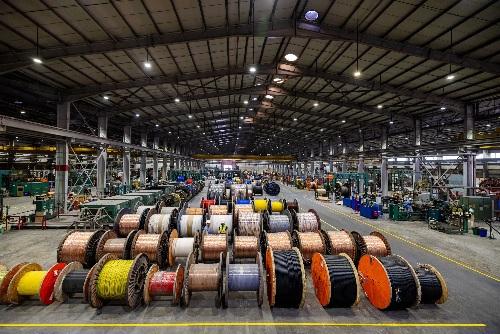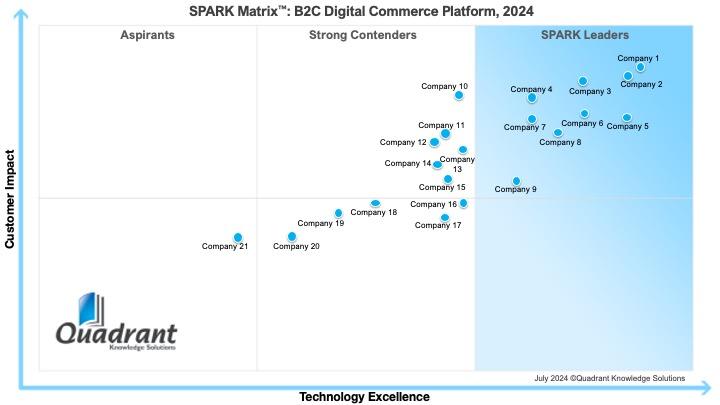Trends in Urban Microgrids and Their Cable Infrastructure Needs

Our traditional electricity grids are vast, centralized networks. While effective, they can be vulnerable to disruptions (natural disasters, cyberattacks) and struggle to efficiently integrate distributed renewable energy sources. This is driving a global trend towards urban microgrids – localized, self-contained energy systems that can operate independently from, or collaboratively with, the main grid. These microgrids, often powered by renewables and equipped with smart technologies, are crucial for enhancing urban resilience, promoting sustainability, and optimizing energy use. However, their success hinges on a sophisticated and often specialized cable infrastructure.
What is an Urban Microgrid?
Think of a microgrid as a miniature version of the main power grid, serving a specific area like:
-
A university campus
-
A hospital complex
-
A military base
-
A commercial district
-
A residential community
Key characteristics of an urban microgrid include:
-
Local Generation: Often incorporates distributed energy resources (DERs) like solar panels (rooftop or ground-mounted), small wind turbines, combined heat and power (CHP) plants, or battery energy storage systems (BESS).
-
Local Loads: Serves the electricity demands of buildings and infrastructure within its defined boundaries.
-
Connectivity: Can connect to the main grid (grid-connected mode) or disconnect and operate autonomously (island mode) during an outage on the main grid.
-
Smart Control: Uses intelligent control systems to manage power flow, optimize generation, and balance loads in real-time.
Key Trends Driving Urban Microgrid Development
Several factors are accelerating the adoption of urban microgrids:
-
Resilience & Reliability: The increasing frequency of extreme weather events and growing cybersecurity threats to the main grid highlight the need for localized energy independence and blackout protection.
-
Renewable Energy Integration: Microgrids provide an efficient way to integrate high penetrations of intermittent renewable energy sources at a local level, reducing transmission losses and supporting grid stability. This is a major trend in countries like India, pushing for greater renewable capacity.
-
Cost Savings & Energy Efficiency: Optimizing local generation and consumption, reducing peak demand charges, and minimizing transmission losses can lead to significant cost savings.
-
Sustainability Goals: Microgrids, especially those powered by renewables, directly contribute to reducing carbon emissions and promoting greener urban environments.
-
Smart City Development: Microgrids are a foundational component of smart city initiatives, providing the resilient and intelligent energy backbone for connected infrastructure.
Cable Infrastructure Needs of Urban Microgrids
The unique characteristics of microgrids demand specialized cabling solutions:
1. Diverse Power Cables
-
DC Cables for Renewables: High-quality DC (Direct Current) cables are essential for connecting solar panels to inverters and battery storage systems. These need to be UV-resistant for outdoor exposure and durable.
-
AC Distribution Cables: Standard AC (Alternating Current) power cables are used for distributing power within the microgrid to buildings and loads. These often include medium-voltage cables for primary distribution and low-voltage cables for final connections.
-
Interconnection Cables: Robust cables are needed to connect the microgrid to the main utility grid, allowing for seamless transition between grid-connected and island modes.
-
Battery Energy Storage System (BESS) Cables: Specialized, highly flexible, and often high-current cables are required for connecting battery modules within the BESS, designed to withstand thermal cycling and frequent charging/discharging.
2. High-Speed Communication Cables
-
Fiber Optic Backbone: Microgrids rely heavily on real-time data for smart control. Fiber optic cables provide the high-bandwidth, low-latency backbone for communication between distributed generators, energy storage units, smart meters, and the microgrid's central control system. They are immune to electromagnetic interference.
-
Industrial Ethernet Cables: Rugged, outdoor-rated Ethernet cables connect various control devices, sensors, and actuators within the microgrid.
3. Smart & Integrated Cables
-
Hybrid Cables: Combining power conductors with fiber optic strands or data pairs within a single cable can simplify installation and save space, especially for connecting distributed energy resources.
-
Cables with Integrated Sensors: Future microgrids may increasingly use cables with embedded sensors (e.g., for temperature, current, or strain monitoring) to provide real-time data on cable health and optimize power flow. This is an area of development for manufacturers like leading cable manufacturers in uae.
4. Robustness & Resilience
-
Durable Materials: Cables must be made from high-quality materials (insulation, jacketing) that can withstand environmental stresses (temperature, moisture, UV) for long operational lifespans. This often involves sourcing from quality cable suppliers in uae who specialize in resilient compounds.
-
Fire Safety: LSZH (Low Smoke Zero Halogen) cables are crucial for ensuring safety in buildings and enclosed spaces within the microgrid, especially where emergency power is critical.
-
Mechanical Protection: Cables may require armoring or robust conduits to protect them from physical damage during installation and operation.
Conclusion: Wiring Localized Power for a Sustainable Future
Urban microgrids are a vital trend in modern energy infrastructure, offering a powerful combination of resilience, sustainability, and efficiency. Their success, however, is deeply reliant on a sophisticated and reliable cable infrastructure. From specialized DC cables for solar arrays and high-bandwidth fiber optics for smart control, to robust power distribution lines and innovative hybrid solutions, the cables are the unseen arteries that enable these localized energy ecosystems to thrive. As cities worldwide continue to pursue greener and more resilient energy solutions, the demand for advanced cable technologies tailored to the unique needs of urban microgrids will only grow, wiring a more sustainable and secure energy future.
Your Urban Microgrid Questions Answered (FAQs)
-
What's the main difference between a microgrid and the main power grid?
A microgrid is a localized, self-contained energy system that can operate independently from the main grid (in "island mode") or connect to it. The main grid is a vast, centralized network covering a much larger geographical area. Microgrids offer localized resilience and better integration of distributed energy sources. -
Why do microgrids need specialized cables compared to a traditional grid?
Microgrids often have higher penetrations of distributed renewable energy (requiring more DC cables and specialized AC cables), a greater need for robust communication between many local devices (fiber optics, industrial Ethernet), and a strong emphasis on resilience (requiring very reliable, durable cables that can withstand local disruptions). -
How do cables help a microgrid achieve "resilience"?
Cables are fundamental to resilience by:
-
Providing reliable power pathways for local generation and loads, allowing the microgrid to "island" and continue operating during a main grid outage.
-
Enabling communication between smart grid components, ensuring the microgrid's control system can manage power flow effectively during disruptions.
-
Being durable enough to withstand local environmental stresses.
-
What role do battery energy storage systems (BESS) play in microgrids, and what are their cable needs?
BESS are crucial for microgrids, storing excess renewable energy and providing power during intermittency or outages. Their cable needs include specialized, highly flexible, high-current DC cables to connect battery modules, designed to withstand frequent charging/discharging cycles and thermal stress. -
Are microgrids only for large institutions like universities or hospitals?
While large institutions are common early adopters, microgrids are increasingly being developed for smaller applications, including commercial districts, industrial parks, and even residential communities. The concept is scalable to various sizes of localized energy demand.







